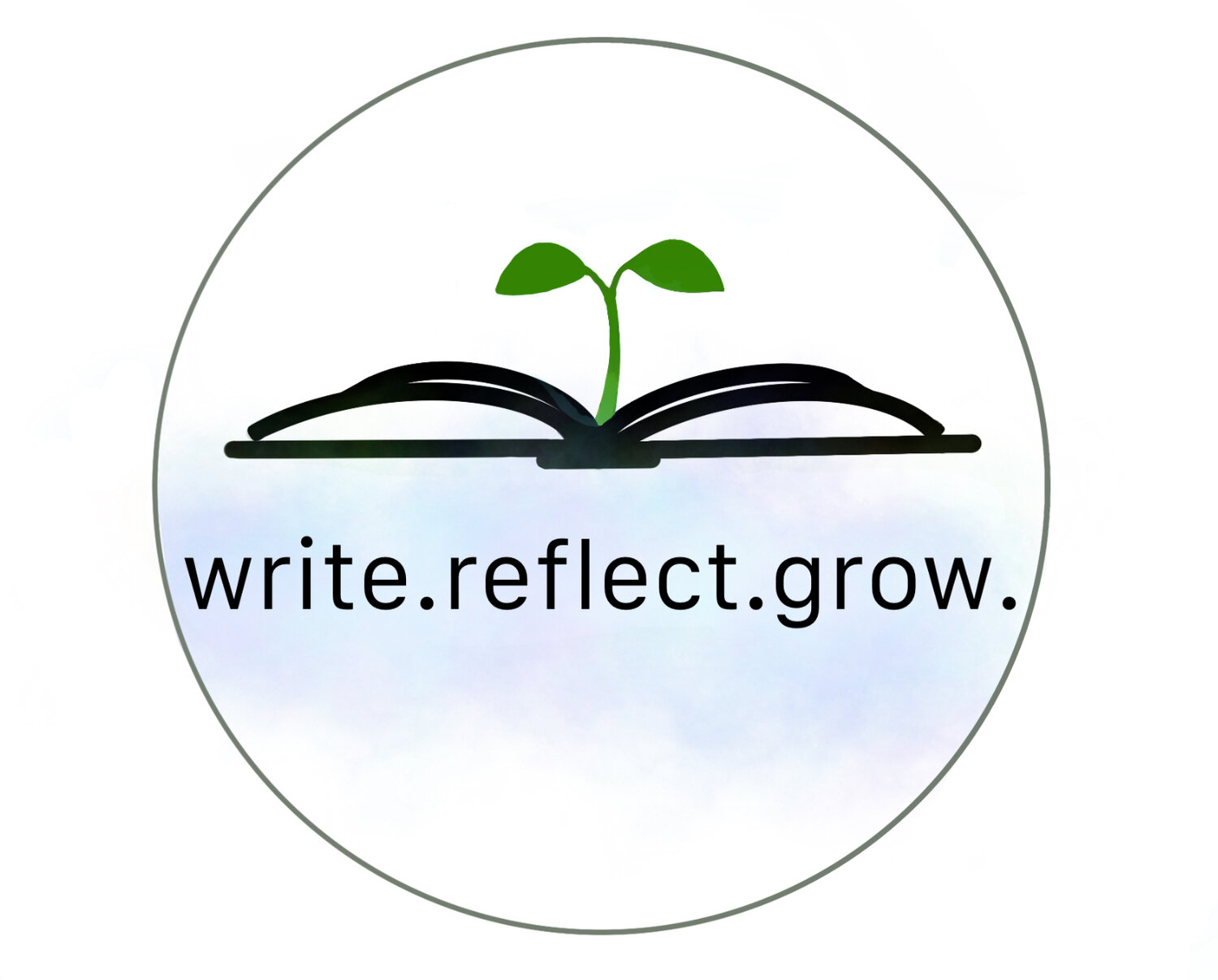This is a post I have been planning to write for six months. I had envisioned writing a post reflecting on the year, midway through the year.
I had written a blog post just as the new year started, focused on checking in on our vision for our year ahead.
(It is safe to say we were collectively blindsighted by what 2020 would have in store for us, despite having approached the year with clarity and 20/20 vision).
I had envisioned writing this post, checking in on where we are at midway through the year, assessing and evaluating how we are doing with our goals and how we were adapting to whatever changes we would inevitably encounter. The purpose would be to notice where we may be on track or even surpassing our expectations and also, of course, to notice where have strayed from the path we had charted out for ourselves.
I borrowed the idea of a midyear review from the corporate world. There is benefit in setting up a formal meeting with yourself. This meeting can be to focus on where you are right now and how you are gauging your progress.
Welcome to your midyear review.
Here’s how it works:
1) Schedule a meeting with yourself. This meeting can be wherever you are, and need not be virtual. After all, you are already with you.
2) Clear some space for reflection. Clearing your mind to focus exclusively on you right now. Clearing your physical space can also assist in this process, should this be helpful for you.
3) This exercise can be a guided reflection in thought, but this can be even more useful by recording it on paper or electronically. Writing it down may help to make this activity feel more official. You are making the commitment to yourself by documenting how you are re-establishing your vision for the next six months.
4) This exercise can also be done with a close confidant, or a small group of individuals gathered for the purpose of checking in on goals. One couple I’ve worked with had scheduled a date for this review to check in on each other’s personal goals and visions as well as their collective goals, successes, and areas for improvement.
5) Ask yourself the questions.
Take the time to meaningfully reflect on your responses to these question. Follow up with additional questions that arise for you. I suggest starting with the following questions, which I have adapted from the original questions I had published six months ago:
Thinking back to my goals as I headed into the new year, where am I right now on the path toward accomplishing these goals? How has my path deviated from where I had originally envisioned it going?
What is my vision currently for things I hope to make happen for the remainder of year, whether in my life or in my world? In what ways has my vision changed or remained the same?
What from the first half of this year would I like to carry forward into the second half of the year?
What would I like to change as I approach the remainder of the year? What does this change look like, knowing now what change for 2020 has looked like so far? How has my conceptualization of change and adaptation been modified since this year began?
How can I actualize the change(s) I would like to make? What is realistic to expect, and how can I support myself in this process?
While I created these questions for you, I also have scheduled a midyear review with myself. I look forward to delving a little deeper into my own review, digging deeper into my responses. Exploring more than my initial thoughts that are top-of-mind when I think about checking in on my own vision for 2020.
One thing that I plan to tap into is the final statement I had written six months ago, “2020 is using hindsight to guide foresight.” We have wisdom from our experiences, and can tap into our own wisdom to guide us into what lies ahead. Let your own wisdom guide you into creating the remainder of 2020 to be all that you would like it to be given your own current realities.
Then go make it happen!
Marni Amsellem, Ph.D.
Founder, Write. Reflect. Grow.




